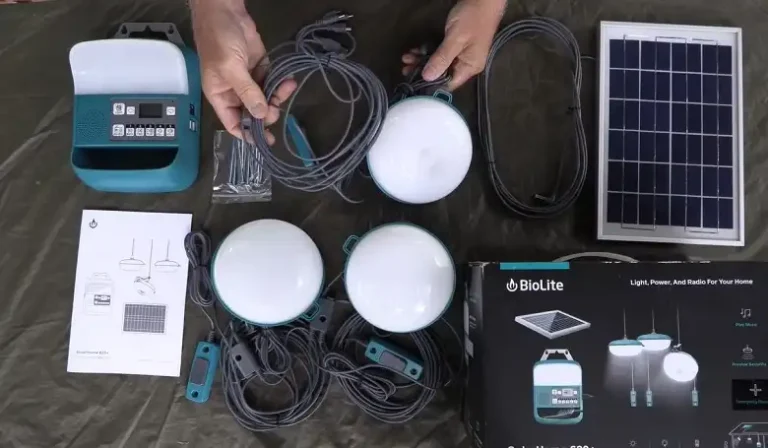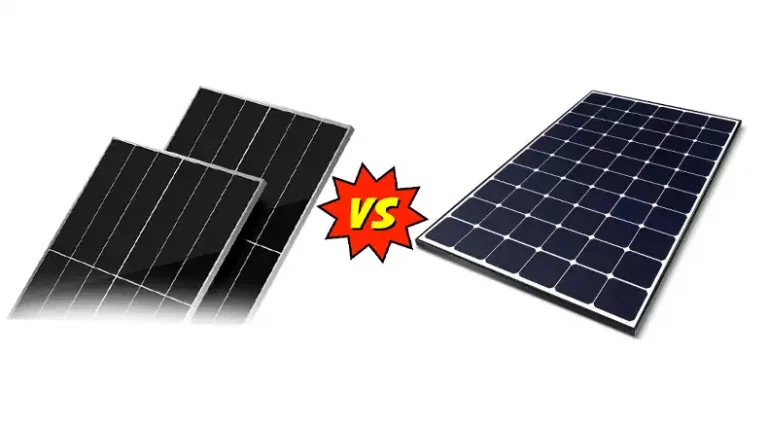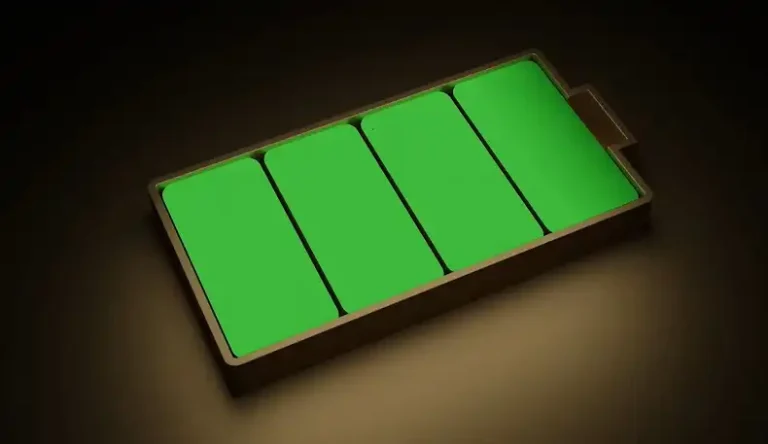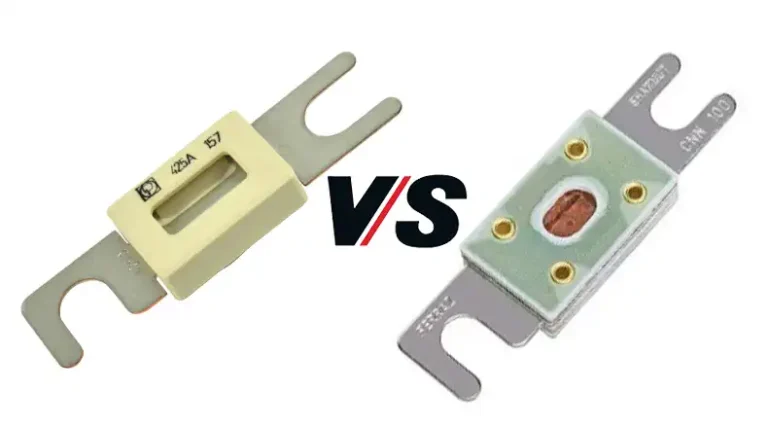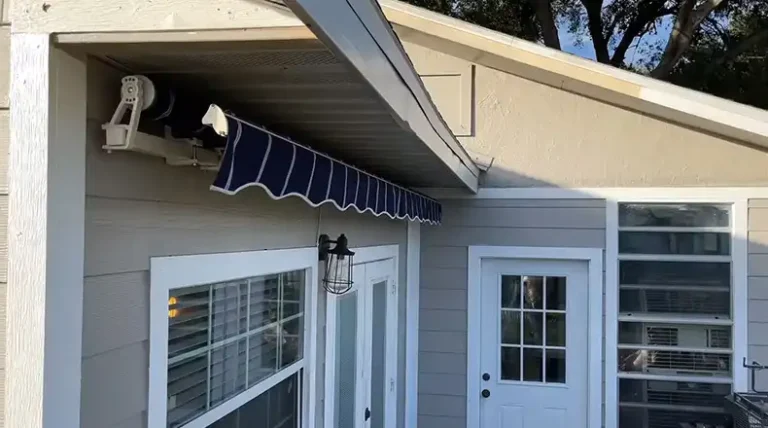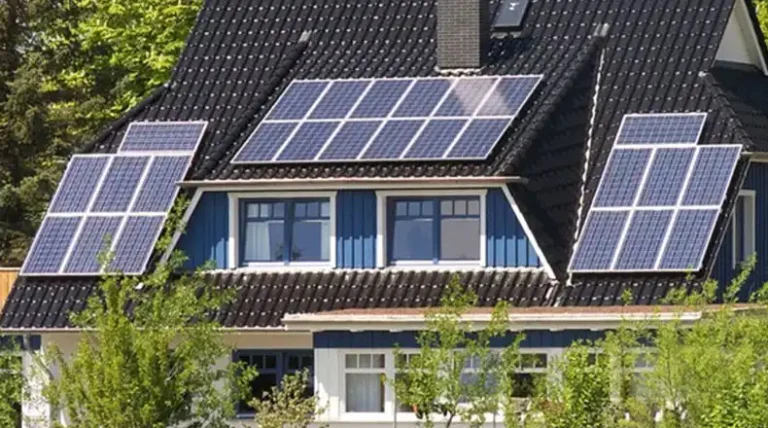Can I Mix 100 Watt and 200 Watt Solar Panels? Is It Safe?
Solar power, the beaming beacon of renewable energy, has been steadily making its way into our homes and businesses. As solar panels become more affordable and efficient, it’s only natural to consider mixing and matching different panels to meet your energy needs. But can you mix 100-watt and 200-watt solar panels?
Yes, you can mix 100-watt and 200-watt solar panels, but it’s a bit like throwing a high school track star and a marathon runner into a relay race. They might manage, but it won’t be their best race ever. Here’s why – when you mix panels of different wattages, your entire system’s performance gets hitched to the wagon of the least-performing panel.
We’ll break down the entire matter in this post. All we’re asking for stick with us till the end of the post and don’t skip any part.
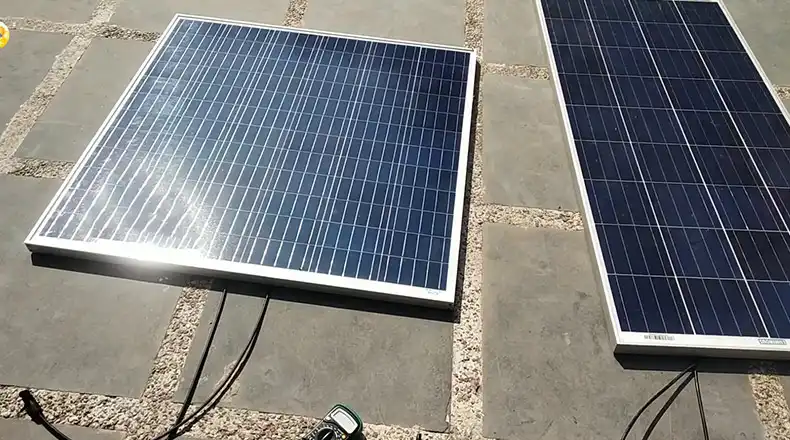
Is It Okay to Mix 100 Watt and 200 Watt Solar Panels?
Solar power is all the rage and for a good reason. It’s clean, sustainable, and can significantly cut down your energy bills. However, not all solar panels are created equal. The wattage of a solar panel is like its horsepower, and mixing panels of different wattages might seem like a good idea to boost your power production. But here’s the challenge – different wattages can lead to inefficiencies.
So, Can You Mix 100 Watt and 200 Watt Solar Panels?
Frankly speaking, the exact answer depends on various factors. So, let’s get familiar with them.
Compatibility Check Before Mixing
- Panel Type and Brand: Mixing different panel types and brands can lead to compatibility issues. It’s like trying to combine a Ferrari and a Honda – they might not work together harmoniously. Always aim to use panels from the same manufacturer and series for optimal performance.
- Voltage Compatibility: Solar panels need to have similar voltage for compatibility. Mismatched voltages can result in energy losses, and your system might not function optimally.
- Current Compatibility: Panels with different currents can be combined but should be connected in parallel to avoid energy losses.
- Shading and Positioning: Shading can significantly affect your panel’s output. If one set of panels is shaded more than the other, it can lead to imbalances in your system.
- Inverter Compatibility: Your inverter should be able to handle the combined wattage of your panels. If it can’t, it might get overloaded.
What are the Factors for Consideration to Mix
- Wattage: This is the power rating of a solar panel, indicating the amount of electricity it can produce under standard test conditions. So, a 100-watt panel generates 100 watts of electricity per hour, while a 200-watt panel gives you 200 watts.
- Voltage: This represents the electric potential difference generated by the panel. Higher voltage means it can push electricity more efficiently over longer distances.
- Current: Current signifies the flow of electricity produced by the panel. A higher current means more electrons are moving, which can be handy in low-light conditions.
You might be thinking, “Hey, they’re all solar panels, right?” Well, not quite. The issue here is efficiency. If your system is sporting a mix of 100-watt and 200-watt panels, the higher-wattage ones will have to slow down to match the output of the 100-watt panels. It’s like trying to make a supercar run at a scooter’s speed – it’s just not what they were built for.
Benefits and Drawbacks of Mixing Panels
Now, you might be in a situation where mixing different wattage panels seems like the only way forward, and that’s okay. Here’s a quick rundown of the pros and cons to help you decision-making easier –
Benefits
- Cost-Efficiency: You can save money by adding smaller panels to an existing array.
- Tailored Output: Mixing panels can help customize your system to meet your specific energy needs.
Drawbacks
- Efficiency Loss: Mismatched panels can lead to reduced efficiency.
- Complexity: Combining panels can be more complex, and you might need additional equipment like voltage optimizers.
Tips for Mixing Panels
If you decide to go the mixing route, here are some important pointers to ensure your solar system stays on track –
Voltage Rating: Make sure the panels have the same voltage rating. This will help keep your system running smoothly.
Solar Charge Controller: Use a solar charge controller rated for the total wattage of your system to prevent overloading.
Monitoring: Keep a close eye on your system’s performance. Any signs of trouble? Don’t hesitate to take action.
NOTE: Mixing panels isn’t just about efficiency; it’s also about balance. Solar panels are like the gears in a well-oiled machine, and mixing different wattages can throw off this delicate balance. This disharmony can lead to more rapid wear and tear over time, which means you might be shelling out more for maintenance in the long run.
FAQ Corner: Answering the Burning Questions
- Can I mix panels of different brands?
While it’s possible, it’s not recommended. Mixing brands can lead to compatibility issues and may affect the overall performance of your solar system.
- How do I calculate the total wattage of my mixed panel system?
To calculate the total wattage, simply add the wattages of all the panels in your array. For example, if you have two 100-watt panels and one 200-watt panel, your total wattage would be 400 watts.
- What if I have shading issues with one set of panels?
Shading on one set of panels can affect your entire system’s performance. You may consider installing shade-tolerant panels or adjusting the placement of your panels to minimize shading.
- Is it possible to mix panels of different sizes and still have an efficient system?
While it’s possible to mix panels of different sizes, it’s not recommended. Mismatched panels can lead to inefficiencies and may not be cost-effective in the long run.
- Can I mix panels with different technologies, like monocrystalline and polycrystalline?
Mixing different panel technologies is not advisable. Different technologies have distinct electrical characteristics, which can lead to compatibility issues and reduced efficiency.

